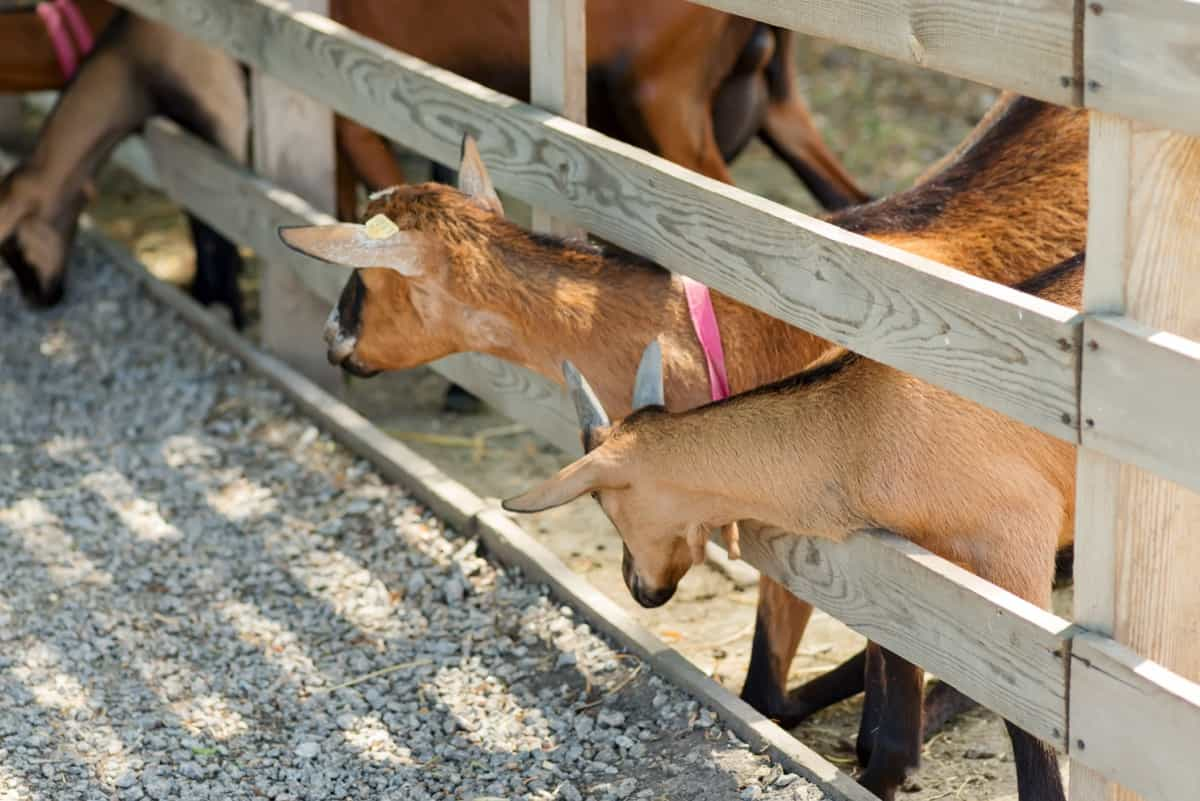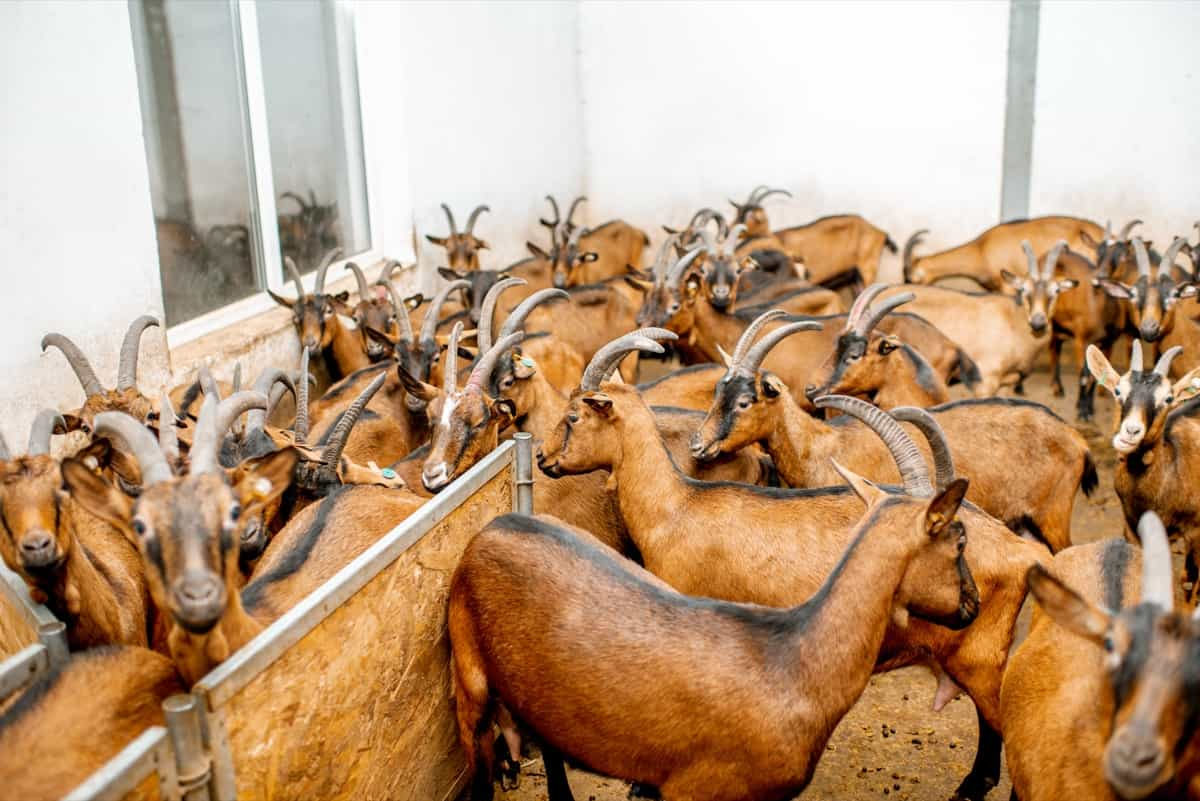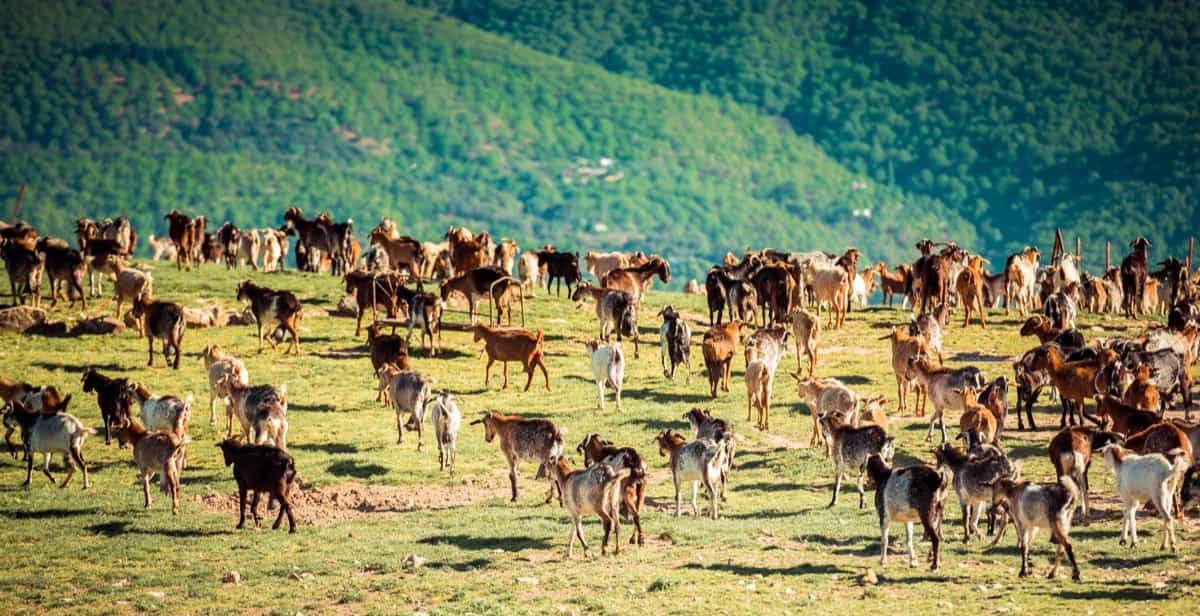Goat farming raises domestic goats for various purposes, such as meat and milk. Goats are one of the earliest domesticated animals raised by humans for thousands of years. They adapt to various environments and thrive in arid and semi-arid regions where other livestock may struggle. In recent years, goat farming has become a lucrative and sustainable business venture. With proper management and care practices, goat farming can provide a steady income source for farmers and contribute to the overall economic growth of a country.

Goat Farming Sucess Stroy
Success Story of Mr. Surender
Mr. Surender, a goat farmer from Punjab, India, successfully built a thriving and sustainable goat farming business. He achieved great success by implementing various management and care practices, which allowed him to produce high-quality goat milk and healthy goats. In addition, he maintained detailed financial records that enabled him to track the performance of his business over time.
Let us look at some highlights of Mr. Surender’s goat farming success story. Mr. Surender started a goat farming business with 40 goats, which he bought from a local market. He invested around INR 4.5 lakhs to set up the farm, which included constructing a shed, buying equipment, and purchasing the initial stock of goats. He bought the Osmanabadi breed of goats because this goat breed undergoes breeding up to 3 times in 2 years.
Mr. Surender had prior experience in livestock farming, so he knew how to take care of the goats. He gave the goats clean water, proper feed, and regular vaccinations to keep them healthy. He also ensured the goats had enough space to move around and graze. After a year of careful management and care, Mr. Surender’s goat farming business began to thrive.
His goats grew healthy and strong, and he could sell them at a good price in the local market. He also started selling goat milk, which was in high demand in his area. In the second year of his business, Mr. Surender’s goat farming enterprise generated around INR 8.5 lakhs from the sale of goats and goat milk. He earned a profit of around INR 4.5 lakhs after deducting his expenses, including feed, veterinary care, and labor costs.
Mr. Surender’s success story results from his dedication and hard work in caring for his goats. In addition, Mr. Surender was able to save on costs by using locally sourced feed and materials for his goat farming business. He also kept accurate records of his expenses and revenues, which helped him make informed decisions about his business.
Detailed Care and Management Practices
Mr. Surender provided a clean, dry, well-ventilated shelter for his goats. He constructed a shed with proper flooring, allowing easy cleaning and preventing bacteria and germs buildup. He also ensured the goats had enough space to move around and graze.
In case you missed it: How to Build Goat House/Shed/Barn in 6 Steps: DIY Guide for Beginners

Mr. Surender fed his goats a balanced hay, green fodder, and commercial goat feed diet. He used Super Napier and Hedge Lucerne fodder for his goats. He has grown that fodder back of his farm. He made sure to provide clean and fresh water to the goats at all times. He also supplemented their diet with minerals and vitamins to keep them healthy and prevent nutrient deficiencies.
Mr. Surender ensured that his goats received regular vaccinations and deworming treatments to prevent and control diseases. He also monitored their health closely and promptly treated any issues. Mr. Surender selected healthy and productive goats for breeding, which helped improve his herd’s quality. He also provided proper care to pregnant goats and newborn kids to ensure their health and survival.
Mr. Surender kept detailed records of his expenses and revenues, which helped him to make informed decisions about his business. He also maintained records of his goats’ health and breeding history, which helped him to track their performance over time. Mr. Surender marketed his goats and goat milk through local networks, word of mouth, and social media. He provided high-quality products and excellent customer service to build a loyal customer base.
Financial Aspects
Mr. Surender invested around INR 3.5 lakhs to set up his goat farming business, which included the construction of a shed, the purchase of equipment, and the initial stock of goats. Mr. Surender’s operational costs included feed, veterinary care, labor, and other miscellaneous expenses. He spent around INR 2 lakhs per year on operational costs.
Mr. Surender generated revenue from the sale of goats and goat milk. In the second year of his business, he earned around INR 8.5 lakhs in revenue. After deducting his operational costs from his revenue, Mr. Surender earned a profit of around INR 4.5 lakhs in the second year of his business.
In case you missed it: How to Start Goat Farming in 10 Steps: Business Plan, Management, and Care

In addition to the grazing area, it is also important to have a separate area for housing the goats during inclement weather or for milking and medical procedures. Proper planning and management of land resources can help ensure the success and profitability of a goat farming business.
Conclusion
Mr. Surender’s goat farming success story exemplifies how careful planning, hard work, and dedication can lead to a profitable and sustainable business. Mr. Surender’s success story inspires others looking to start their own goat farming business or any other agriculture-related business.
- Ultimate Guide to Ossabaw Island Hog: Breeding, Raising, Diet, and Care
- Ultimate Guide to Juliana Pig: Raising Facts, Size, Diet, Care, and Lifespan
- Raising Lleyn Sheep: Disadvantages, Price, Uses, Characteristics, and Care
- Ultimate Guide to Meishan Pig: Breed Facts, Breeding, Raising, and Care
- Ultimate Guide to Teacup Pigs: Raising, Diet, Lifespan, Cost, and Care
- Guide to Raising Poll Dorset Sheep: Facts, Profile, Characteristics, Uses, and Care
- Ultimate Guide to Bighorn Sheep: Characteristics, Diet, Lifespan, Breeding, and Lifecycle
- Ultimate Guide to Raising Katahdin Sheep: Farming Facts, Breed Profile, Uses, and Care
- Ultimate Guide to Raising Oreo Cows: Belted Galloways Farming Facts, Profile, Uses, and Care